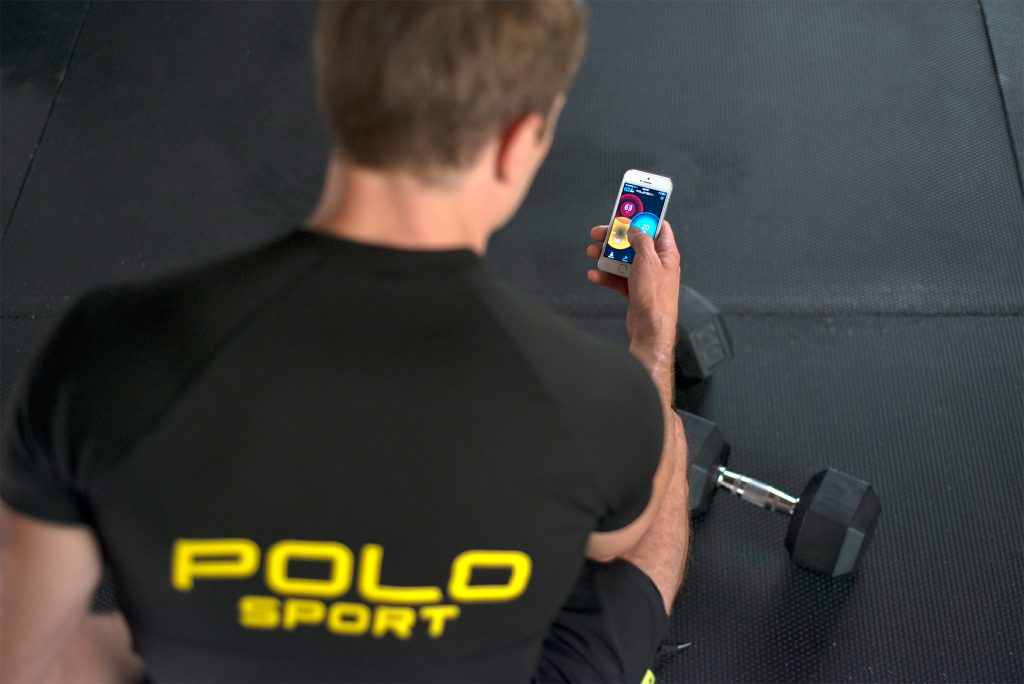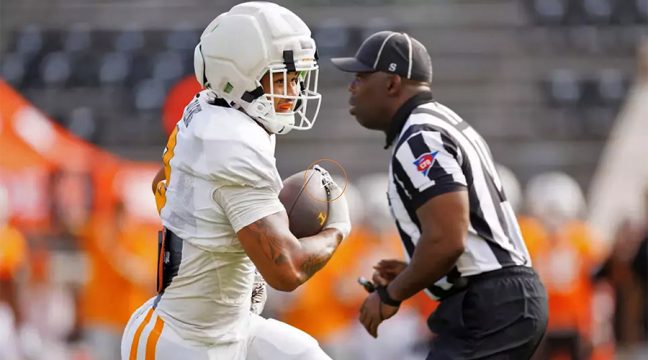Throw out your Apple Watch and Fitbit. A new report from Tractica, a market intelligence firm, projected that smart clothing and body sensor shipments will rise to a total of 92.7 million devices shipped between now and 2021 — totaling 190 million units over the span.
Compared to wrist wearables, which jumped from 7.44 million units sold in 2014 to 24.92 million units in 2015 according to Statista, smart clothing and body sensors may give watch trackers a run for shelf (and body) space.
Does this mean wrist wearables will become less desirable or even obsolete? Tractica Research Director Aditya Kaul seemed to think so.
“Unlike fitness trackers, smart watches or smart glasses, which have fairly well-defined form factors and use cases, smart clothing and body sensors, are seeing a greater degree of experimentation and innovation,” Kaul noted. “Smart clothing and body sensors can be considered the ultimate wearables, integrating into your life as a garment, footwear or sensor device that can track or measure a specific physiological or biometric attribute.”
In its projections, Tractica anticipates body sensors will represent approximately 70 percent of the total market shipments, with smart clothing accounting for about 30 percent.
The applications for smart clothing and body sensors span the markets of active lifestyle, mental wellness and health care, to name a few, but no matter the industry, the real value for businesses is the collected data and what it can tell them about consumer habits. Any new technologies must continue to improve ease-of-use, feedback and results for consumers to keep them engaged.
Versatility will also be key, especially on the smart apparel side. Active lifestyle customers are accustomed to owning different styles and color combinations of apparel. Will they be willing to buy 10 smart apparel tees? Or still prefer a single watch? More than likely, as Tractica points out, wireless body sensors (which would work with any outfit) will make up a larger share of the market.
Join the debate on our Facebook and Twitter, @Sportsonesource. Which tracking method do you think consumers will rally behind?
Lead photo courtesy Ralph Lauren











